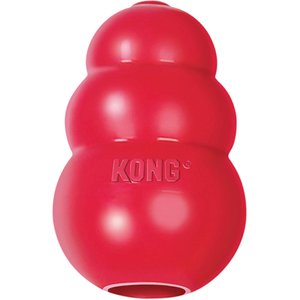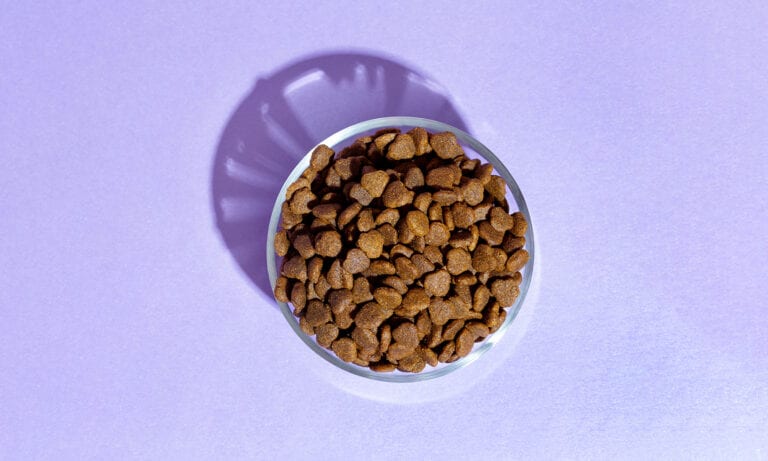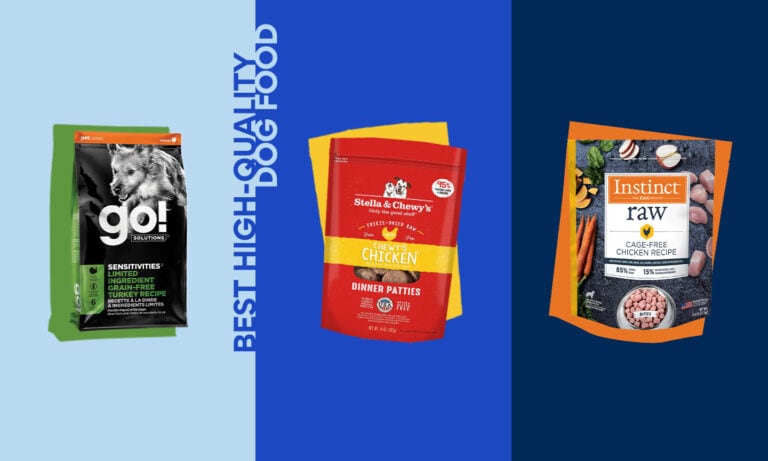It is no secret; dogs love to eat. Whether they are puppies, young dogs, middle-aged or senior canines, many enjoy their food faster than they should be ingesting it. Oftentimes, fast eating can be harmful to a dog’s health. If your dog eats fast, there are proper ways to address the issue. From incorporating toys, using sectioned automatic dog feedersor slow feeder bowls, to bringing in programmable pet feeders, any dog eating behavior can be trained with the right method.
Why Dogs Eat Fast
“Many dogs scarf down their meal the second it hits the food bowl. This can be caused by anxiety, boredom or a learned habit, or occur purely because they are so food motivated. From a behavioral standpoint, it’s best to get rid of the food bowl entirely. Instead, use your dog’s regular food as treats throughout the day to work on anything from basic commands, to rewarding calmness, or getting more fancy with parlor tricks,” say Dr. Clare Rathjens of Tranquility Veterinary Services in Washington D.C.
It is important to be aware of the signs to look for in your dog while eating as well as after they’ve eaten. Physical changes such as bloat in dogs, or if you see your dog vomiting or gagging, are some concerning signs. Gastric Dilatation Volvulus (also known as bloat) is when dogs inhale their food too fast, and in turn, their stomachs twist, which can be fatal. In this case, dogs need to visit the animal hospital immediately.
Many dogs eat too fast for reasons other than just hunger, including resource guarding. This might show up as a dog simply eating faster to make sure no one else gets their food, or trying to cover up their food dish with a toy. You might find your pup standing guard over their dog bowl and barking when anyone gets near, or it could be as serious as food aggression.
Resource guarding might be directed toward specific people, or only other animals, or any person or animal. Keeping watch of your pup’s mood around other animals, children and people is vital. A pet behaviorist may be needed to train your pet to coexist and eat while surrounded by people and pets. Bringing your dog to a certified pet trainer as soon as you see signs of food guarding will help you figure out the course of action that’s best for your pooch.
Anytime you notice your dog vomiting or you hear your dog gagging after eating, it is crucial to talk with your veterinarian, as constant reflux of food and stomach acids slowly break down the esophagus and throat.
If your dog seems to have an endless pit for a tummy, he could be infected with parasites, which commonly cause animals to suffer nutrient indigestion. When in doubt, contact your veterinarian to tackle any pet health issues.
Slow and Steady Wins the Race
If your dog is eating too fast, you will need to portion out his meals into smaller amounts to administer throughout the day. You can do this yourself, or have an automatic dog feeder do the work for you.
The PetSafe Healthy Pet Simply Feed Programmable Pet Feeder allows you to customize your pet’s food portion sizes and can dispense meals up to 12 times per day. If portioning out your pet’s meals isn’t an option, you can try a slow feeder bowl, like the Dogit go slow anti-gulping dog bowl, to encourage your dog to eat at a slower place.
Dr. Rathjens also suggests hiding individual kibbles around your home while your dog waits and then sending him out on a hunt. Alternatively, you can try treat-dispensing dog toys like the KONG Classic, and fill them with your dog’s twice-daily allotment. There are several routes to go in regards to stopping your dog from consuming food too fast, but it is best to discuss with a trainer or veterinarian to figure out which is right for your dog.
Dogs that eat too fast need to be worked with to change their eating habits. At home, there are also plenty of avenues pet parents can take to curb their dog’s speedy ingestion. Whether it is feeding them in smaller quantities throughout the day, filling dog toys with their meal or getting a slow feeder bowl, your pet can learn new and healthier ways to eat their meals.
Need a primer on how to clean your dog's bowl? Follow these tips.
Share:














